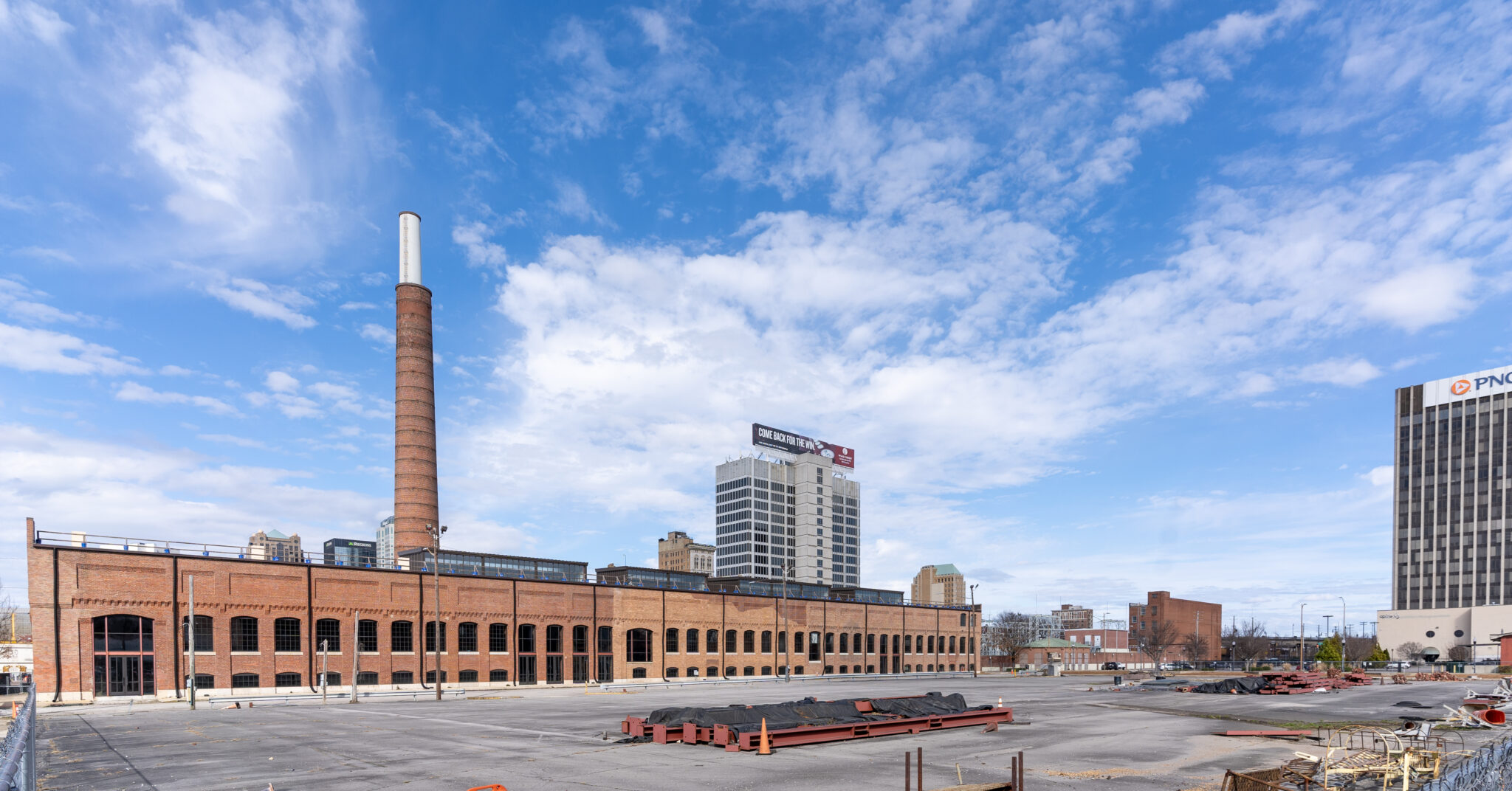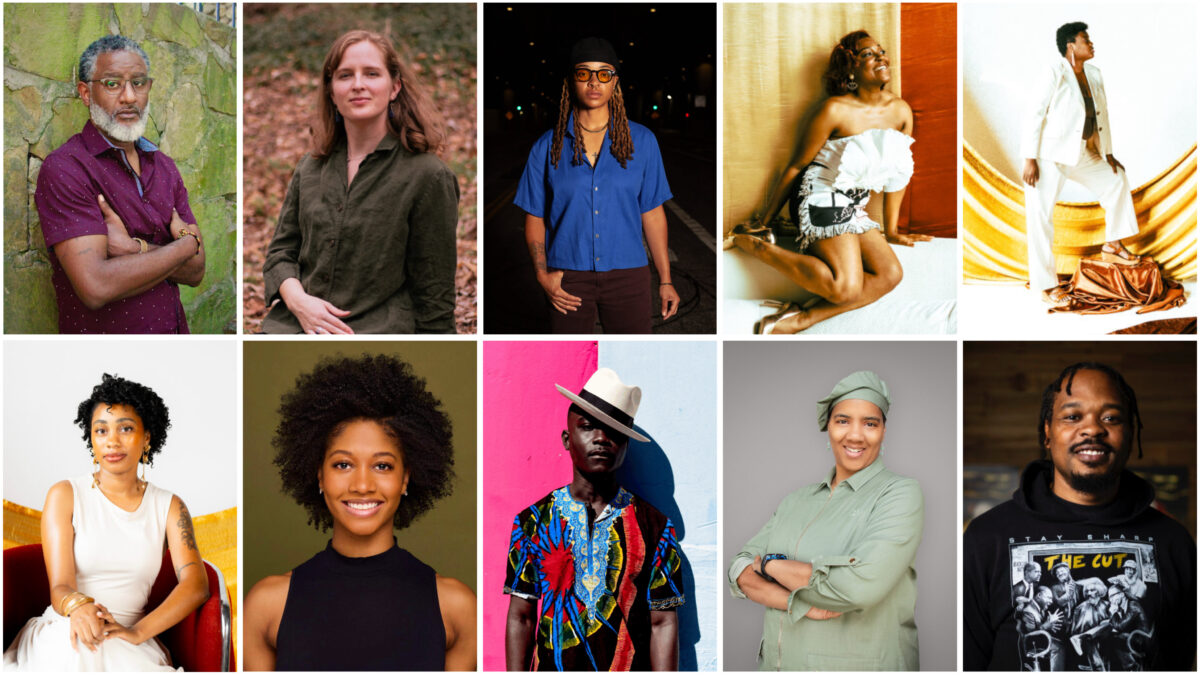Powerful Birmingham Museum of Art exhibit explores the history and ramifications of redlining
Reading time: 4 minutes

On Tuesday night, the Birmingham Museum of Art hosted a panel titled Redlining BHM. Birmingham artist Celestia Morgan, whose current exhibit, REDLINE, is on display at the museum, was joined by community activists to discuss redlining in Birmingham and what it’s meant for the city. Learn more about it below.
What is redlining?
Redlining means refusing a mortgage to someone because of their race or ethnicity. This happened in cities all across the country in the 1930s. Through redlining, minority neighborhoods were deemed “undesirable” for investment by the Federal Housing Administration. As a result, minorities were unable to obtain loans for housing or move to more “desirable” areas.
Richard Rice, a Birmingham attorney and Redlining BHM panelist, said, “At its core, I think redlining is about limiting the agency of African Americans and other minorities to freely choose where they live.”
The redline map

A HOLC (Home Owners’ Loan Corporation) map pictured above, included in Morgan’s exhibit, shows redlining in Birmingham in the 1930s. The green section was deemed the “most desirable” area to live, followed by blue, yellow and red. Red was considered “hazardous,” and the gray areas were labeled as “negro concentrations.”
What it means today
Although segregation was outlawed more than 50 years ago, “The residue of discrimination can still be seen and felt today,” said Morgan. Morgan grew up in Ensley, and shared her personal experience facing racism as one of only two back families in her neighborhood. One neighbor was especially cruel to Morgan and her family because of their race. In one example, Morgan explained that if a ball she was playing with got in this neighbor’s yard, he would give it to his dogs to destroy. This wasn’t 50 or 60 years ago–this was the 1980s.
Rice added that redlining has contributed to the wealth gap between black and white communities. The “undesirable” neighborhoods were often known to be polluted. “It makes it hard to leave when the site has been documented as contaminated,” he said.
The exhibit
The exhibit includes redline maps of Birmingham along with photographs of abandoned homes, Interstate 20/59, and redlined neighborhood silhouettes superimposed onto images of the sky.

Location:
Birmingham Museum of Art
2000 Rev. Abraham Woods, Jr. Blvd
Birmingham, AL 35203
Morgan’s exhibit is on display in the Pizitz gallery until February 2020.
The future
Although redlining was officially outlawed with the passing of the Fair Housing Act in the 1960s, the effects can still be seen today–especially in Birmingham’s public housing communities. But panelists said progress can still be made, and understanding Birmingham’s history of redlining is the first step.
Richard Rice, who represented members of the soon-to-be redeveloped Southtown community in a lawsuit, said that he doesn’t think this progress will come from laws and a change of heart alone. Using Southtown as an example, Rice said the goal of the lawsuit wasn’t to get in the way of progress, but rather to start a conversation about the residents that will be displaced. He posed this question to consider:
“How can we move forward with progress in a way that is just and equitable?”
And that’s something for all of us to think about as we continue to make Birmingham a great place to live–for everyone.



